How the keepers of the last wild okapi are championing conservation in the DRC
The last wild okapi is found in only one nation in the world, the Democratic Republic of the Congo. It is estimated that between 10 000 to 15 000 of these elusive creatures roam the wildlands of this central African region. Characterised by their zebra-like horizontal stripes on their lower body, they are among the oldest living mammals. But they face a multitude of human-driven threats. Swiss conservationist Rosmarie Ruf is campaigning for the protection of the okapi as the leader of the Okapi Conservation Project.
When the former director of the initiative and Ruf’s husband Karl passed away, she stepped into his shoes. For over three decades she has been at the forefront of conserving the okapi in the DRC. The primary dangers the animals face are illegal mining, deforestation, and urban settlement. “The purpose of the Okapi Conservation Project is to bring the understanding of protecting wildlife to the local population,” Ruf says. She has played an active role in safeguarding the Okapi Wildlife Reserve, a United Nations World Heritage Site, while uplifting local communities.
Working together with the Institut Congolais pour la Conservation de la Nature and villages in the region, Ruf offers rigorous ranger training programmes and also provides guardians and their families healthcare and housing. In 2020, the project’s agroforestry team planted over 89 000 seedlings to curb deforestation and ensure food security for farmers surrounding the reserve.
Ruf is living proof that forging a sustainable relationship between people and wildlife is a key driver in accelerating conservation. As she continues to make strides in preserving the okapi, she is also enabling empowerment for one of Africa’s poorest nations. “We have just a short time on Earth and I feel like we should leave behind something for the next generations,” Ruf says.
Footage and photos by GLP Films and the Okapi Conservation Project were used in the creation of this film.
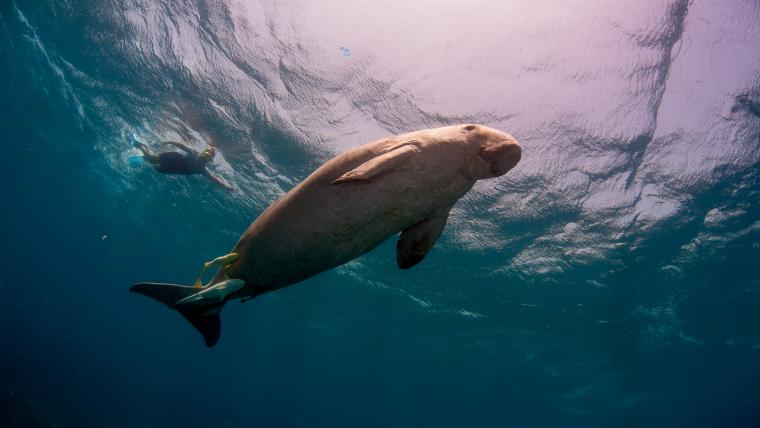
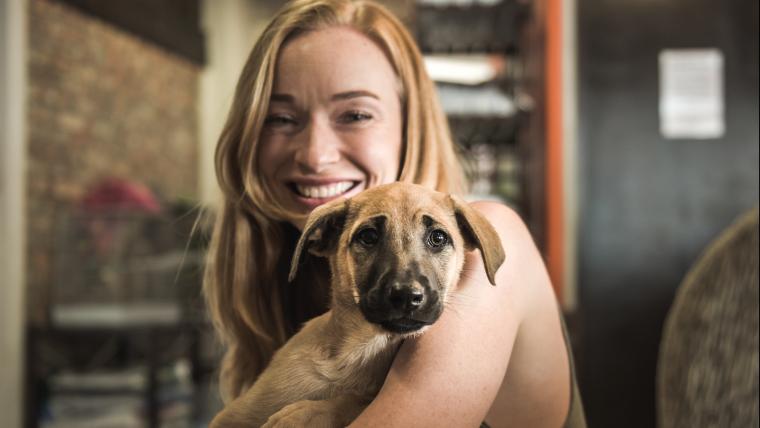
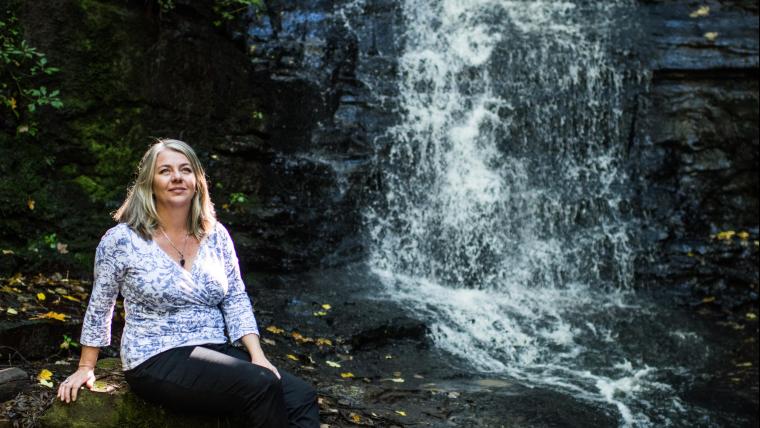
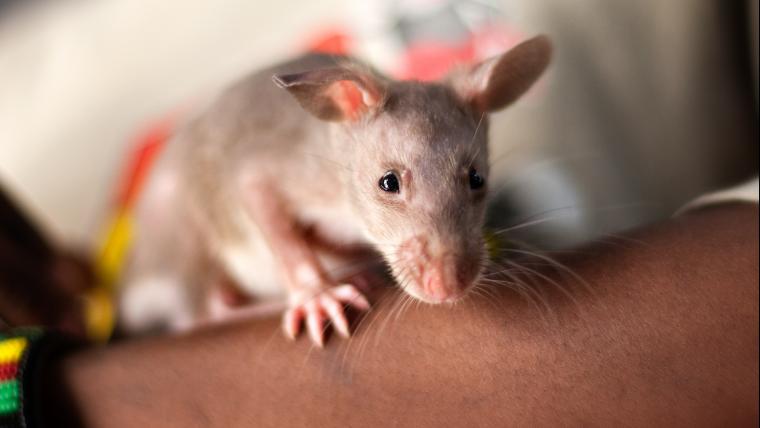
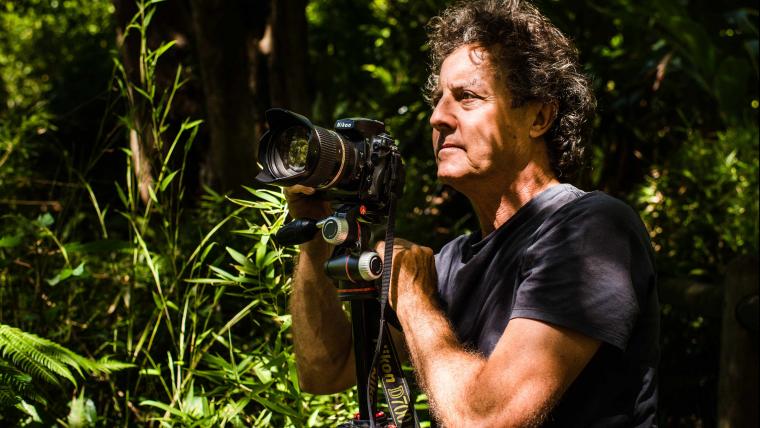
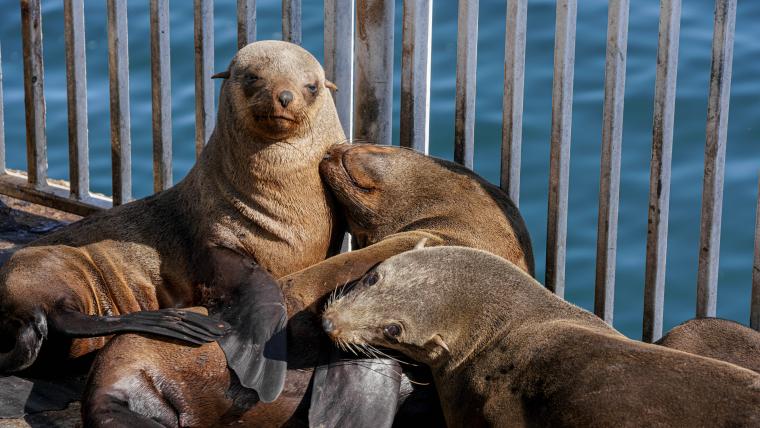
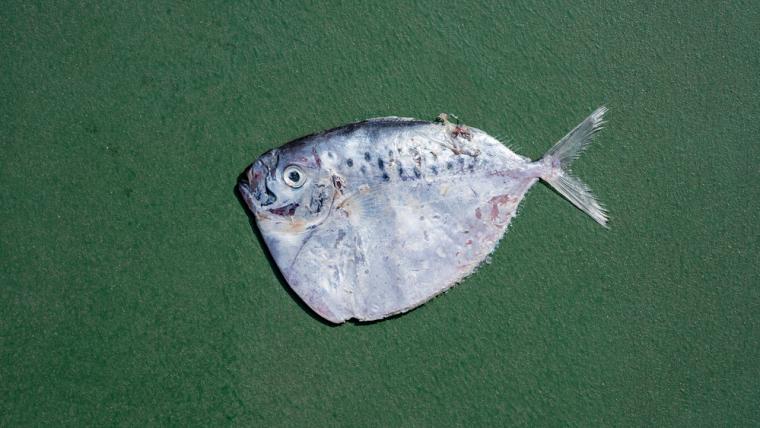
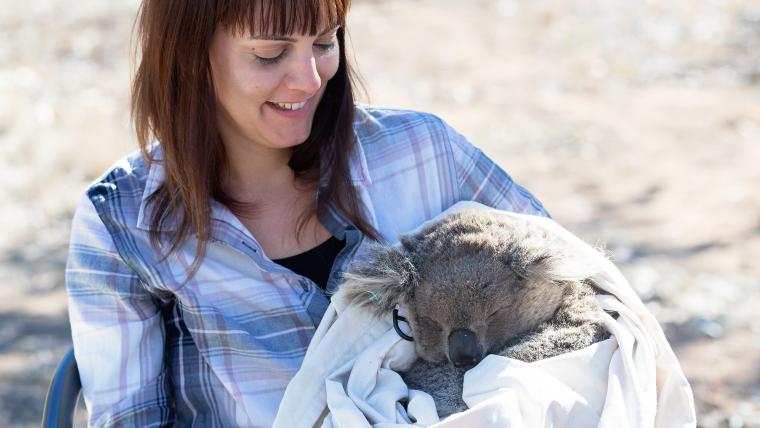
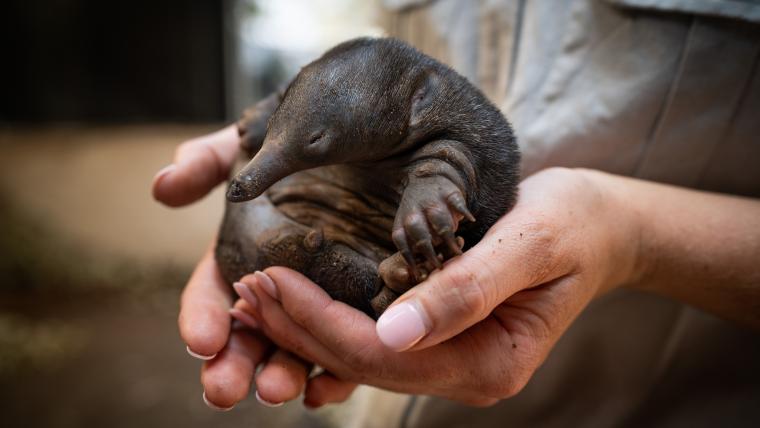
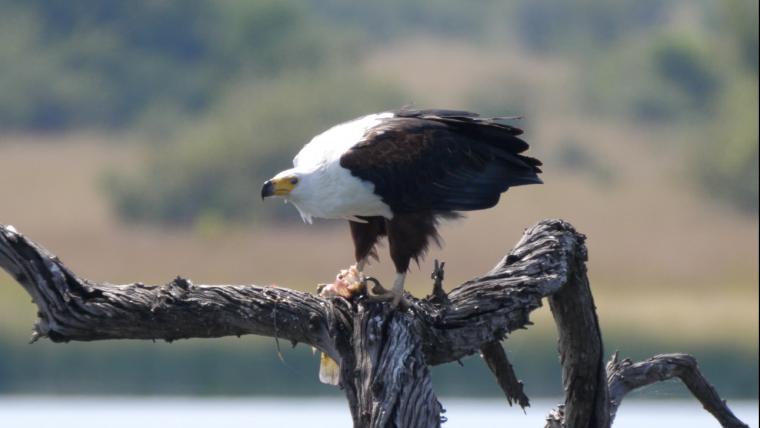




















Please sign in to leave a comment